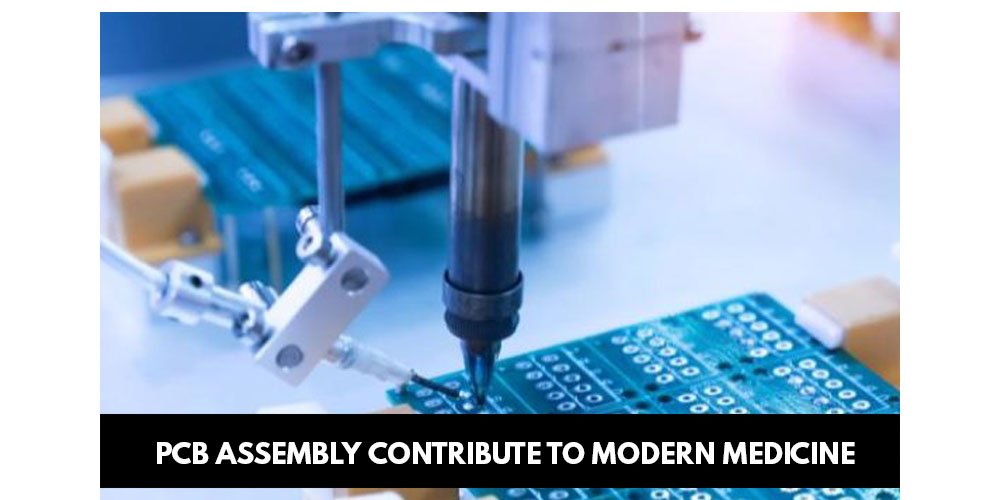PCB assembly, known in full as Printed Circuit Board Assembly, is the process of soldering electronic components to a printed circuit board. Note that PCB assembly typically has nothing to do with the PCB fabrication process. PCB assembly is an entirely different process that allows you to use PCB in various devices in a wide range of industries. The application of PCB in the medical sector has recently become very popular. The medical PCB industry has existed for more than a decade. The sector’s growth has significantly increased because of the introduction of high-tech lab equipment and a wide range of wearable devices. This post covers PCB assembly in modern medicine.
What is a PCB
A PCB is a board used to connect electronic components. They are often manufactured using non-conductive materials like copper sheets and pads. Copper sheets are typically used for forming lines for connecting electrical components in a product.
The application of PCB assembly in modern medicine
PCBs have become fundamentally critical in contemporary medicine and healthcare. This is primarily because innovation keeps taking the lead. From diagnosis to treatment and research strategies, a lot seems to have moved towards automation. This has led to an increase in the application of PCBs for manufacturing medical devices and equipment. It is also worth noting that the role played by PCBs in the medical and healthcare sector keeps getting bigger by the day.
Medical devices made through PCB assembly
The following are some of the main types of medical devices that require PCB assembly to manufacture;
- Cardiovascular equipment; includes gadgets like heart monitors and pacemakers.
- Monitoring devices; include gadgets like bodily glucose, pressure, and temperature monitors that help provide healthcare services and prevent severe medical conditions.
- Medical imaging and diagnostic devices; such devices include MRI imaging gadgets, CT scans, and ultrasound equipment. These devices play a significant role in the delivery of modern healthcare.
- Infusion pumps; these devices are used for infusing insulin and anesthesia to patients. PCBs are used to make these devices because they require high precision and reliability.
- Implantable medical devices: such devices include cochlear implants, implanted defibrillators, and responsive neurostimulators. The use of PCBs in this area can be attributed to the fact that they have static standards that are required for implantable devices. These implantable devices may also fall in the category of monitoring gadgets.
Take note
Producing medical PCBs is not business as usual. It requires special attention. This is done to ensure the reliability and perfection of the products manufactured. This is very important because all the medical devices listed above (and more) are responsible for saving lives. The medical industry also offers strict standards that must be followed when manufacturing medical PCBs.
Conclusion
PCB assembly is also applied in various sectors, primarily the electronics sector, other than the medical industry. PCB devices are also highly used in the LED, automotive, and telecommunications sectors. The applications of PCBs are likely to keep increasing as the innovation sector grows and expands. These include the application of PCBs in contemporary and future medicine.
